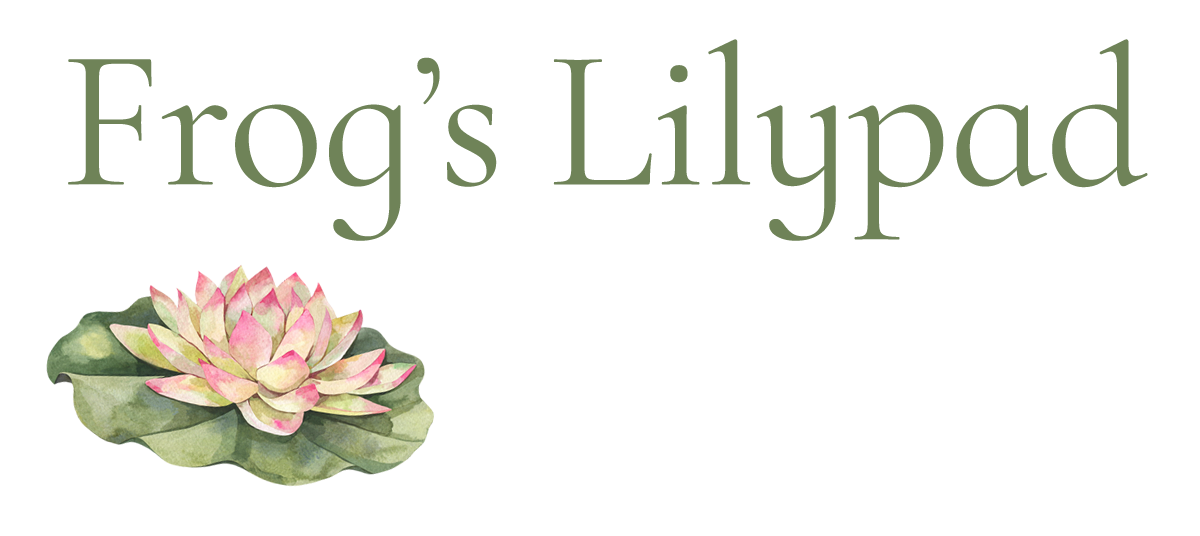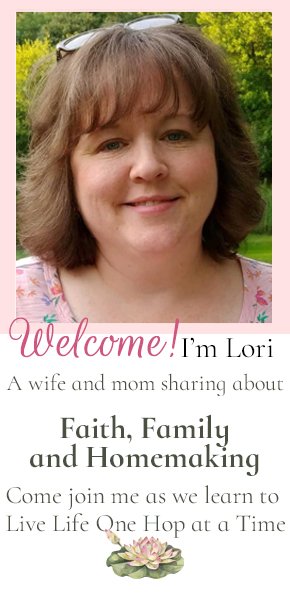Apologia Around the World in 180 Days Review
/
The first time I read, “It’s a student research program, no textbook reading”, I turned up my nose; the thought of my son having to search out answers for a list of questions just did not appeal to me. Of course, that was several years ago and my son was not at the level where he could explore a subject on his own and really learn. He is now at a point where studying and researching on his own is more favorable than mom teaching, so he is really enjoying this study.

Apologia Around the World in 180 Days is a “research” World History/Geography curriculum. There are no tests or quizzes; in fact there are no lesson plans. The absent lesson plans was the biggest hindrance for me when researching this curriculum. I love to have things laid out for me, or at least have some idea of what I will be up against. (I’ll share more about lesson plans further down.) As for the tests and quizzes, you could definitely make your own. Another thing, I would have liked to have found in the student workbook – maps. There are no map outlines, so you'll have to either purchase a book or download them from off the internet.
Resources: While Sherrie Payne lists several options for textbooks to use as a spine for extra learning, I have found that we have only used Abeka’s World History and Cultures one time in 18 weeks of school. Most of the reading and researching came from the internet. It is possible for students to get by without the textbook. Each continent has a resource page which includes books of interest, missionaries to read about, and other important people pertaining to the history and geography of that area. While, we have used many of the books listed, there are also videos that bring the area to life. Believe me when I say this, your library will be your best friend for this course.
Sections: There are five learning sections for each continent, except Antarctica which has three. The sections include: Geography, History, Religion, Culture, and Current Events.
In the geography section, you will find things to identify using the textbooks, other books or the internet. Defining of terms, and geography questions such as explaining the seasons in Australia, then there are map activities – labeling states, bodies of water, deserts and mountain ranges. Suggested activities are activities the parent assigns/student choose for further learning. The history section includes defining of terms, study questions (telling who the prime minister is, or what the national capital is) and further research. The research activities get the student to researching a particular thing and then report on it. The religion section, students will research the beliefs, denominations, predominate religions. There is also a further research that covers missionaries. The culture section, students will learn about items, foods, clothing, musical instruments, and recreation that pertain to a specific area.

Current Events are assigned weekly. There is a record sheet for recording where the news articles are found. Honestly, we're not using this record sheet. My son types up his current events with the link to the article and a copy of the article is attached to it.
Many of the activities have a label according to grade level: [HS] high school, [UE/JH] upper elementary/ junior high. While much of what is being covered is basic information, I have added a little more research to deepen the learning for high school credit.
Now for lesson plans, back in the spring I began searching for clues from other families on this matter and I found a goldmine from Susan Bower. She took the book and the resource pages and came up with wonderful lesson plans that she is willing to share with other home educating families who will be using this curriculum. She even has included some wonderful links to interactive maps and videos. If you watch the linked videos, make sure you have a snack in hand, because you will be pulled in and find that a 5 minute video turned into an hour-long session. :)
Just remember this is not the kind of curriculum you can put in front of your third grade level student and expect them to know how to research the information. If you are using this book with younger students, you are going to have to do some work to help them learn. Depending on the capability of upper elementary students, you may have to help them. Junior high and high school level students should be able to handle the research for this book.
Something I have learned in the few weeks of using this curriculum... Learning without an actual textbook is rewarding. The freedom and excitement of researching a subject and learning from the actual research is beyond words.

Apologia Around the World in 180 Days Review
~This post contains affiliate links~
Apologia Around the World in 180 Days is a “research” World History/Geography curriculum. There are no tests or quizzes; in fact there are no lesson plans. The absent lesson plans was the biggest hindrance for me when researching this curriculum. I love to have things laid out for me, or at least have some idea of what I will be up against. (I’ll share more about lesson plans further down.) As for the tests and quizzes, you could definitely make your own. Another thing, I would have liked to have found in the student workbook – maps. There are no map outlines, so you'll have to either purchase a book or download them from off the internet.
Resources: While Sherrie Payne lists several options for textbooks to use as a spine for extra learning, I have found that we have only used Abeka’s World History and Cultures one time in 18 weeks of school. Most of the reading and researching came from the internet. It is possible for students to get by without the textbook. Each continent has a resource page which includes books of interest, missionaries to read about, and other important people pertaining to the history and geography of that area. While, we have used many of the books listed, there are also videos that bring the area to life. Believe me when I say this, your library will be your best friend for this course.
Sections: There are five learning sections for each continent, except Antarctica which has three. The sections include: Geography, History, Religion, Culture, and Current Events.
In the geography section, you will find things to identify using the textbooks, other books or the internet. Defining of terms, and geography questions such as explaining the seasons in Australia, then there are map activities – labeling states, bodies of water, deserts and mountain ranges. Suggested activities are activities the parent assigns/student choose for further learning. The history section includes defining of terms, study questions (telling who the prime minister is, or what the national capital is) and further research. The research activities get the student to researching a particular thing and then report on it. The religion section, students will research the beliefs, denominations, predominate religions. There is also a further research that covers missionaries. The culture section, students will learn about items, foods, clothing, musical instruments, and recreation that pertain to a specific area.

Current Events are assigned weekly. There is a record sheet for recording where the news articles are found. Honestly, we're not using this record sheet. My son types up his current events with the link to the article and a copy of the article is attached to it.
Many of the activities have a label according to grade level: [HS] high school, [UE/JH] upper elementary/ junior high. While much of what is being covered is basic information, I have added a little more research to deepen the learning for high school credit.
Now for lesson plans, back in the spring I began searching for clues from other families on this matter and I found a goldmine from Susan Bower. She took the book and the resource pages and came up with wonderful lesson plans that she is willing to share with other home educating families who will be using this curriculum. She even has included some wonderful links to interactive maps and videos. If you watch the linked videos, make sure you have a snack in hand, because you will be pulled in and find that a 5 minute video turned into an hour-long session. :)
Just remember this is not the kind of curriculum you can put in front of your third grade level student and expect them to know how to research the information. If you are using this book with younger students, you are going to have to do some work to help them learn. Depending on the capability of upper elementary students, you may have to help them. Junior high and high school level students should be able to handle the research for this book.
Something I have learned in the few weeks of using this curriculum... Learning without an actual textbook is rewarding. The freedom and excitement of researching a subject and learning from the actual research is beyond words.







